It’s October 12 as I write this which means it is officially heating oil season in the Northeast! I talked about the importance of annual maintenance in my previous blog post and will expand upon it here. Take a second to schedule a tune-up now if you have not done so already.
Since I just had my system tuned up last week, I thought I would document the process here. Special thanks to the folks at Ryan F. Murphy Heating & Cooling for not only providing 5-star service for my equipment, but also working with me to document the process!
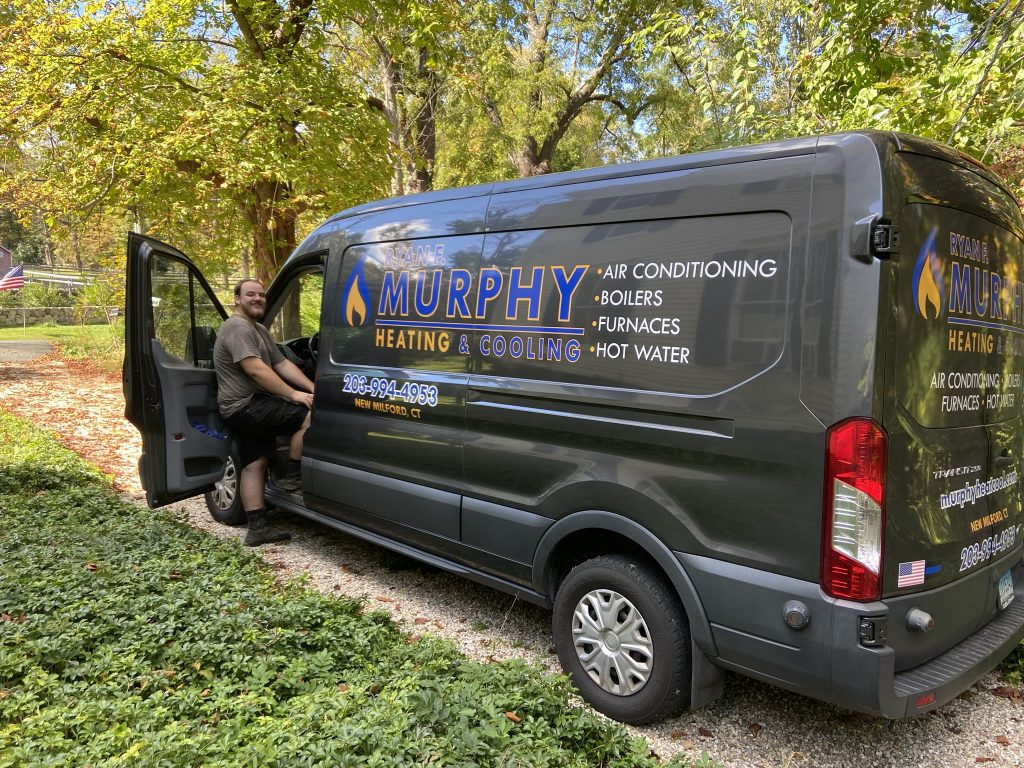
Type of HVAC System
The type of HVAC system determines the specific steps of a tune-up. My particular system is a furnace. A furnace works by blowing hot air throughout duct work in the house. This type of ‘forced air’ system can also work in conjunction with a compressor and cooling coils to provide central cooling during the summer months.
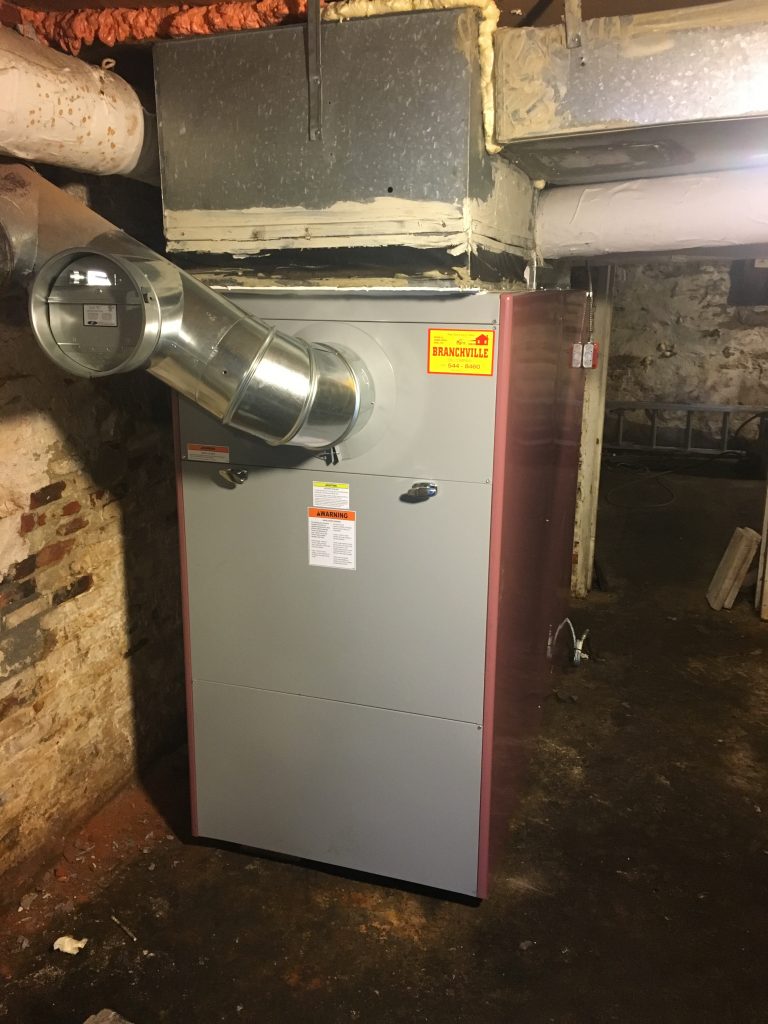
Many homes have boilers which circulate hot water throughout baseboard radiators in the house. While many of the steps in the tune-up below apply to both boilers and furnaces, boilers do not have air filters like furnaces. Read this blog post here to determine which type of HVAC system you have.
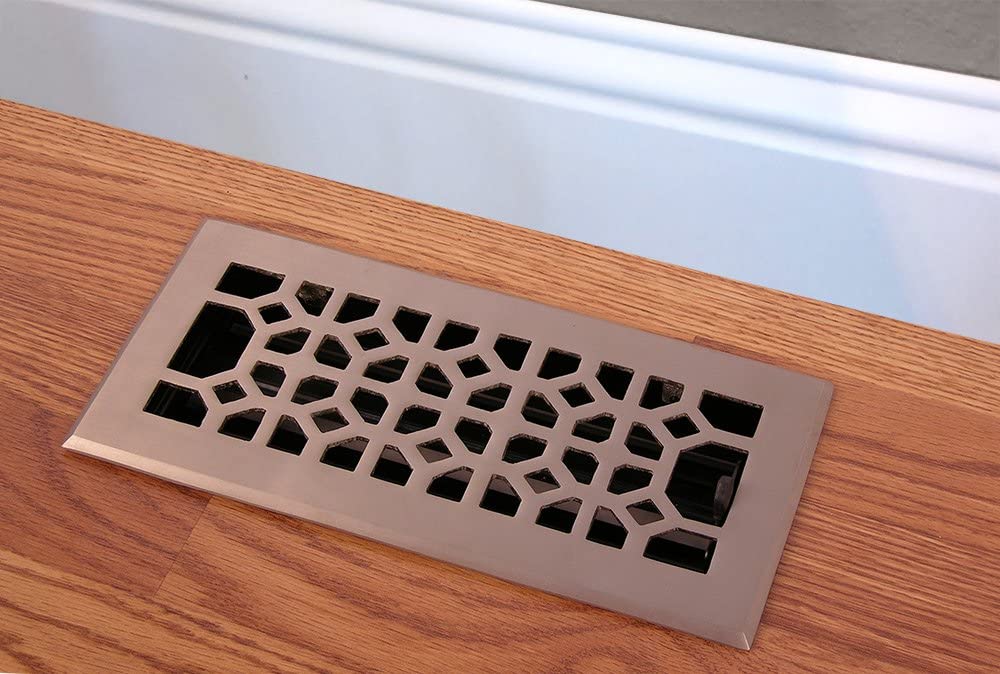
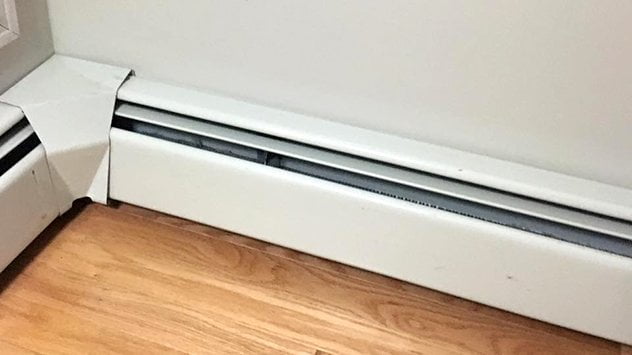
Tune-Up Steps
The tune-up process is analogous to servicing your car. Just like checking the fluid levels and changing filters on your car, an HVAC technician does so on your furnace. The technician will inspect, clean and replace the following items as needed:
- Check Oil Supply Line: The technician will check the incoming oil from the heating oil tank. He will disconnect the line to make sure the burner is getting good flow. If there is resistance in the line, this is often due to sludge build-up. If that is the case, he will clean the line by either pressurizing it from one end and draining the other end, or by using a hand pump to suck the oil out. Since my system has a buried oil line, the technician used a hand pump so as not to risk unknowingly bursting the line under the floor.
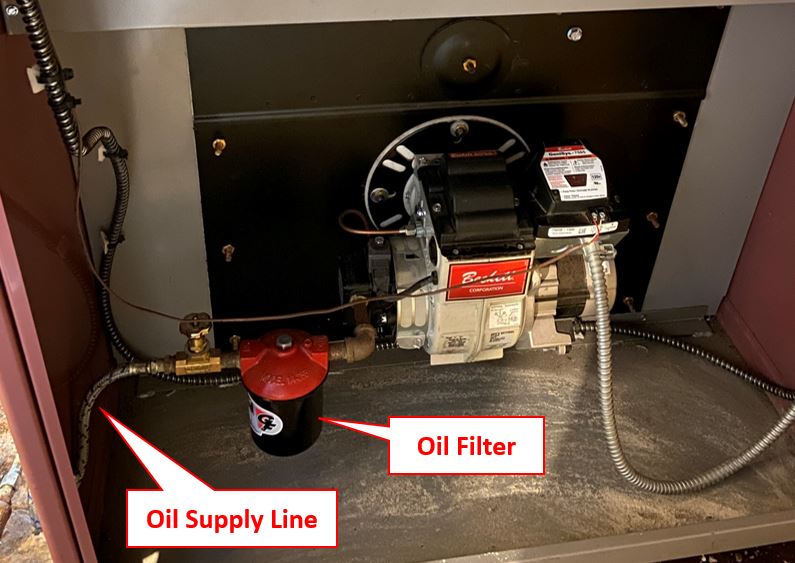
- Change Oil Filter/Clean or Replace Strainer: The oil filter can get quite gross after a season in use. The technician will remove and replace the filter. He will also inspect, clean, or replace the strainer as needed. The strainer acts as a secondary filter to catch anything else that may have made it past the oil filter.
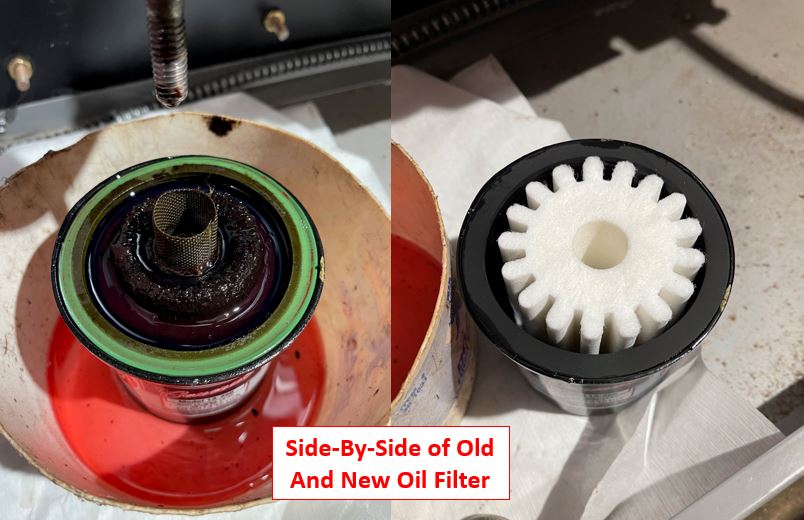
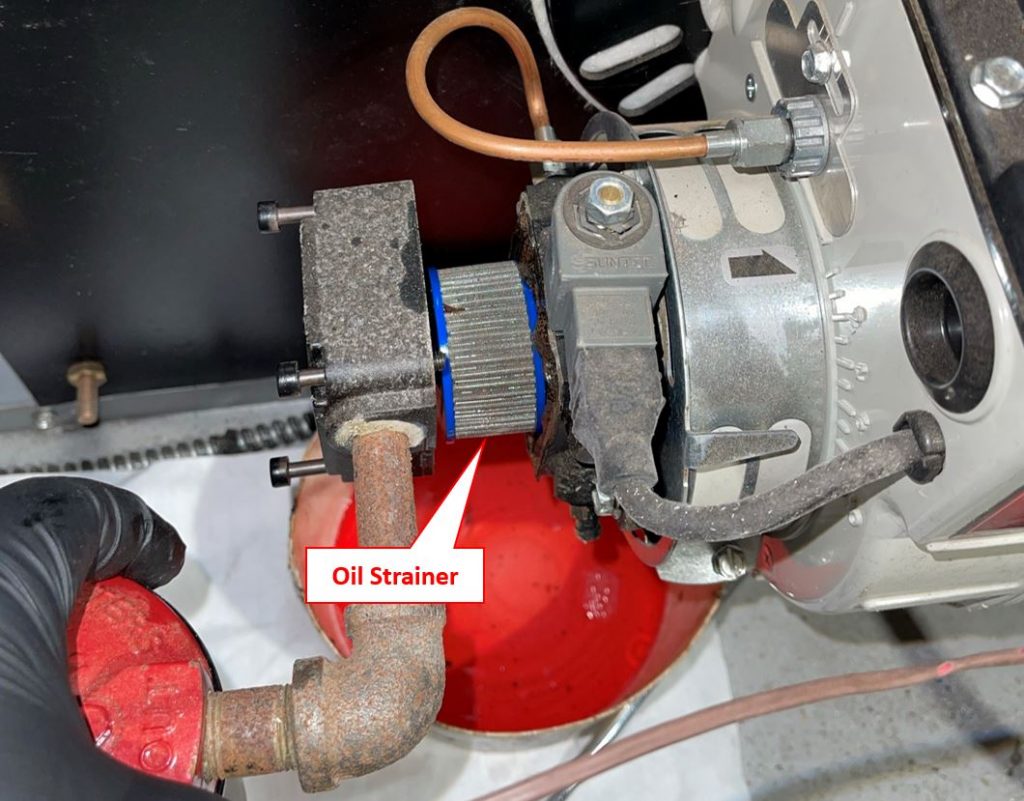
- Inspect, Replace and/or Adjust Burner Components: Before combustion, heating oil first passes through a nozzle to become atomized. This nozzle can get clogged or worn out over time, so the technician will replace it during a tune-up. After replacing the nozzle, the technician will use a template to align the tips of the electrodes with the tip of the nozzle as shown. The electrodes ignite the atomized and pre-heated fuel. If the electrodes show signs of wear, the technician will replace them as well. The technician will also test – and replace if necessary – the CAD Cell Eye which is what detects a flame in the system. Finally, the technician will do a visual inspection of the combustion chamber.
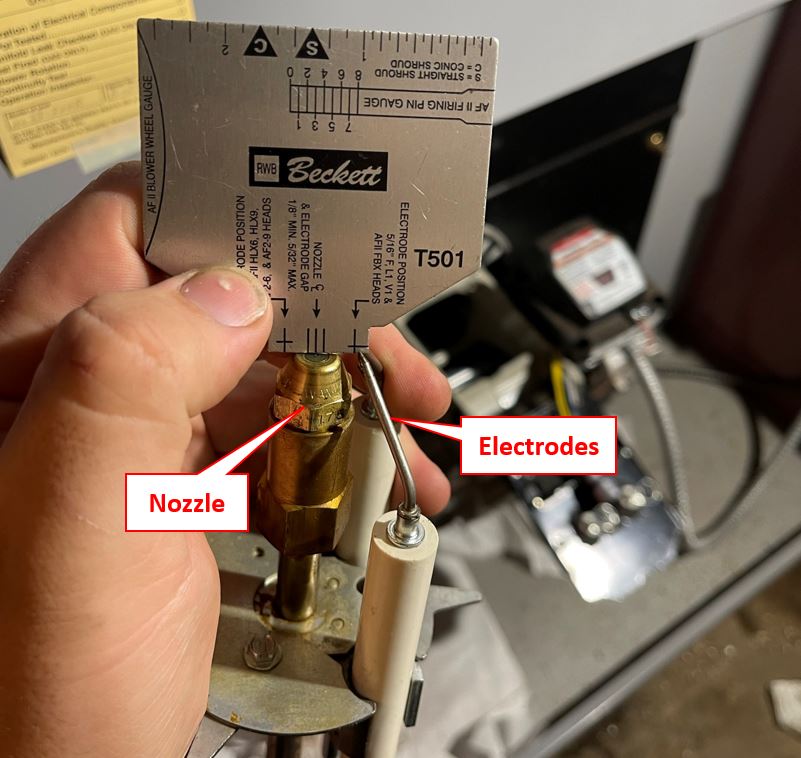
- Check and Clean Heat Exchanger: Cool air from the house passes through the heat exchanger and leaves as warm air. When older furnaces fail, it is sometimes due to cracks in the heat exchanger that allow exhaust from the burner to mix in with the fresh air that is going to the house. The technician will look for issues like this before they become a problem.
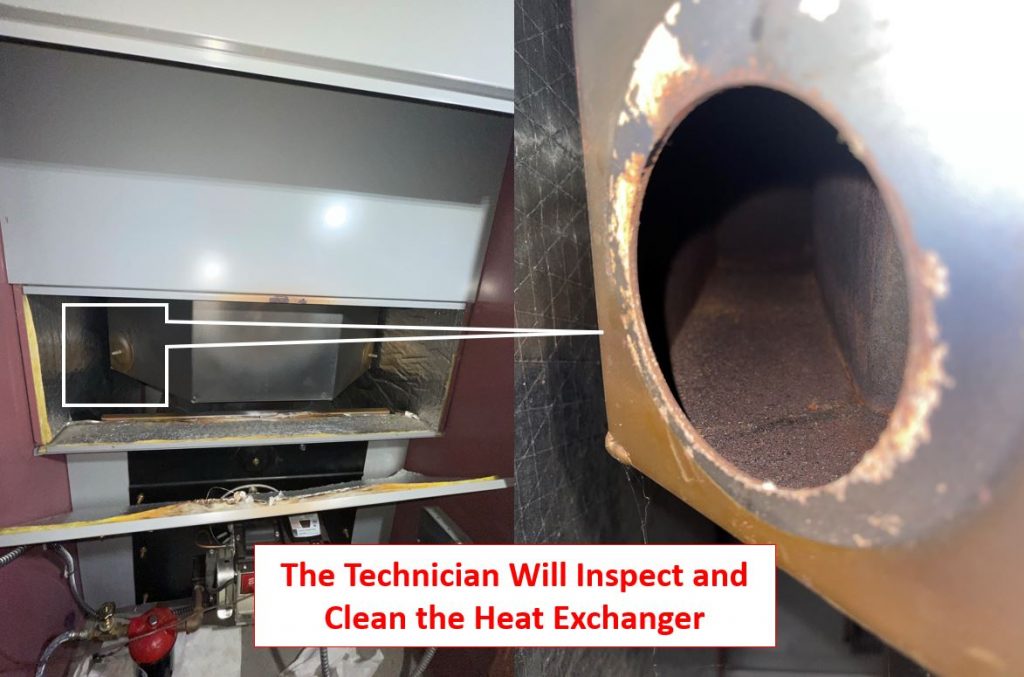
- Perform Combustion Analysis: The technician will use a special tool to analyze the efficiency of the system. He will perform a pump test to check the color of the smoke, and adjust the burner intake as needed. He will also check the flow of the smoke to ensure the draft is adequate. Finally, the analyzer will check the temperature and CO2 content and use this information to calculate the efficiency of the system. My system reported an efficiency of 85.1% – which is about as good as it gets for a traditional oil-fired system.
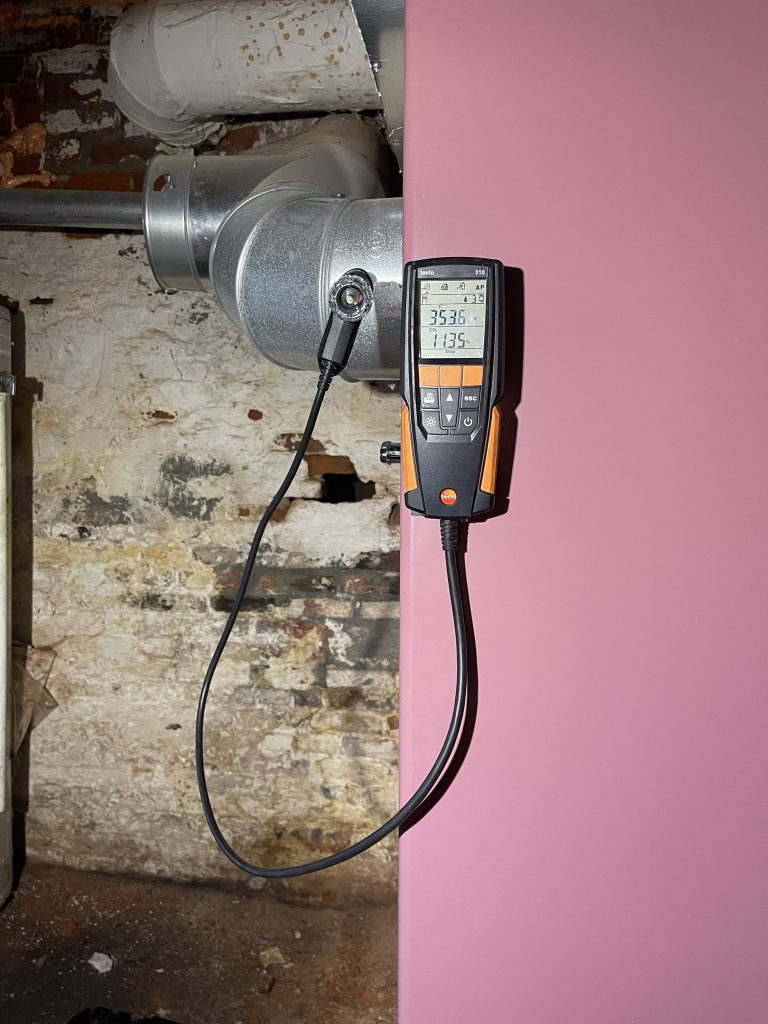
- Change Air Filters: Changing the air filters is the easiest part of the tune-up. In fact, you should do this yourself at least once per year. This task requires no tools, and we have instructions for changing your HVAC air filters here.
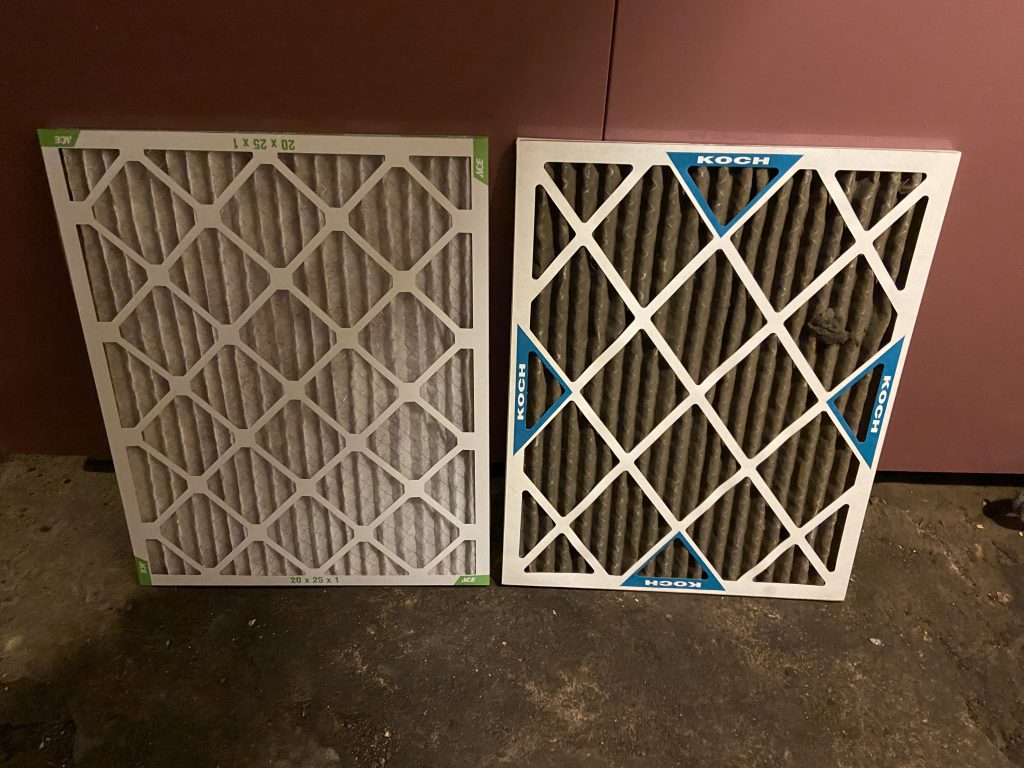
With a Furnace Tune-Up Comes Peace of Mind
As we head into the cold season, I am confident that my system will keep us nice and warm all season. Further, since I signed up for a service contract through Ryan F. Murphy Heating & Cooling, I have 24/7 support should something go wrong.
Preventative maintenance on your HVAC system will keep your system running at its best. As with changing your oil in your car, changing the oil filter and wear items on your furnace should be done on a regular basis. Just remember to always hire qualified, licensed, and insured technicians to do the work.
Happy heating,
Steve



